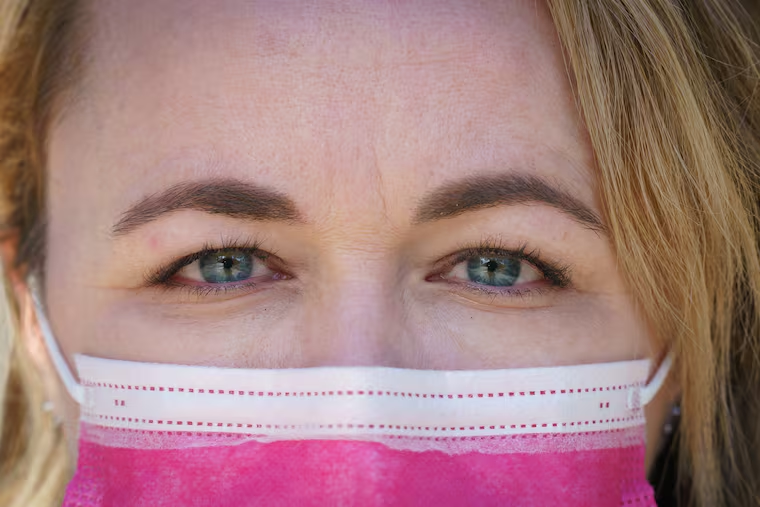Zoom, masks lead to increase in demand for plastic surgery during pandemic
Botox and fillers were among the top five topics of conversation regarding non-surgical procedures on telemedicine calls during the early days of the pandemic.

Botox and fillers were among the top five topics of conversation regarding non-surgical procedures on telemedicine calls during the early days of the pandemic.
